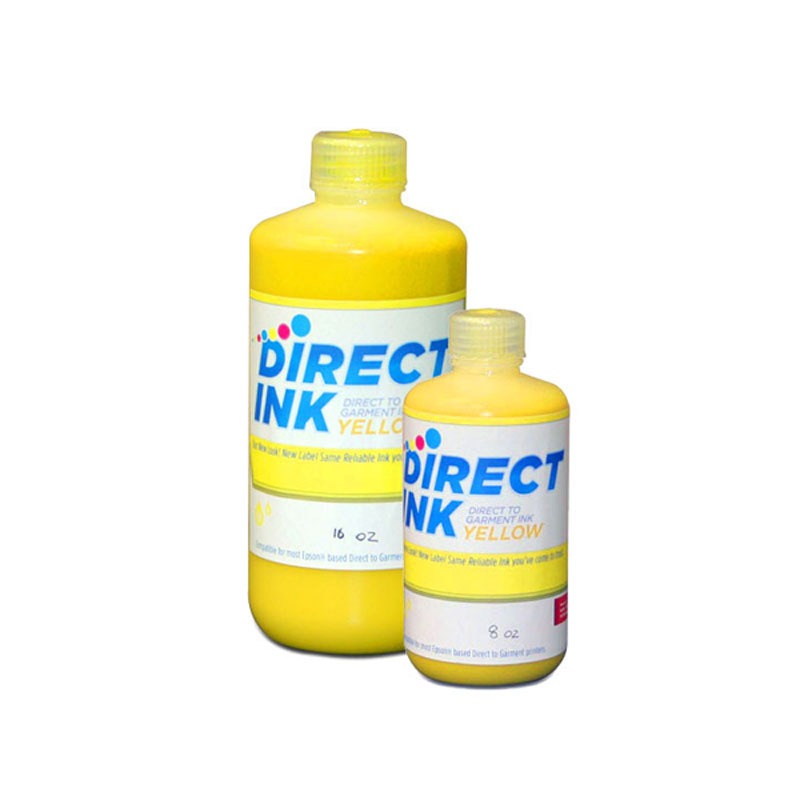
Price :
৳7500
Estimated Shipping Time: 2 Days
Product SKU: d1B82268aX
Direct Ink Textile is a specially formulated water based, pigment textile ink that will work on 100% cotton (light and dark colored shirts) and 50/50 (light colored) materials. It only needs a simple heat setting with a transfer press to make the print wash fast. FastInk is manufactured to the highest standards, and is the brightest in the industry. Plus, Direct Ink White is the finest anywhere!
Textile printing is the process of applying color to fabric in definite patterns or designs. In properly printed fabrics the colour is bonded with the fibre, so as to resist washing and friction. Textile printing is related to dyeing but in dyeing properly the whole fabric is uniformly covered with one colour, whereas in printing one or more colours are applied to it in certain parts only, and in sharply defined patterns.
In printing, wooden blocks, stencils, engraved plates, rollers, or silkscreens can be used to place colours on the fabric. Colourants used in printing contain dyes thickened to prevent the colour from spreading by capillary attraction beyond the limits of a pattern or design.
Woodblock printing is a technique for printing text, images or patterns used widely throughout East Asia and probably originating in China in antiquity as a method of printing on textiles and later paper. As a method of printing on cloth, the earliest surviving examples from China date to before 220.
Textile printing was known in Europe, via the Islamic world, from about the 12th century, and widely used. However, the European dyes tended to liquify, which restricted the use of printed patterns. Fairly large and ambitious designs were printed for decorative purposes such as wall-hangings and lectern-cloths, where this was less of a problem as they did not need washing. When paper became common, the technology was rapidly used on that for woodcut prints.[2] Superior cloth was also imported from Islamic countries, but this was much more expensive.
The Incas of Peru, Chile and the Aztecs of Mexico also practiced textile printing previous to the Spanish Invasion in 1519.[3]
During the later half of the 17th century the French brought directly by sea, from their colonies on the east coast of India, samples of Indian blue and white resist prints, and along with them, particulars of the processes by which they had been produced, which produced washable fabrics.
No Review Found.
echem
473
Total Item
Login To Comment